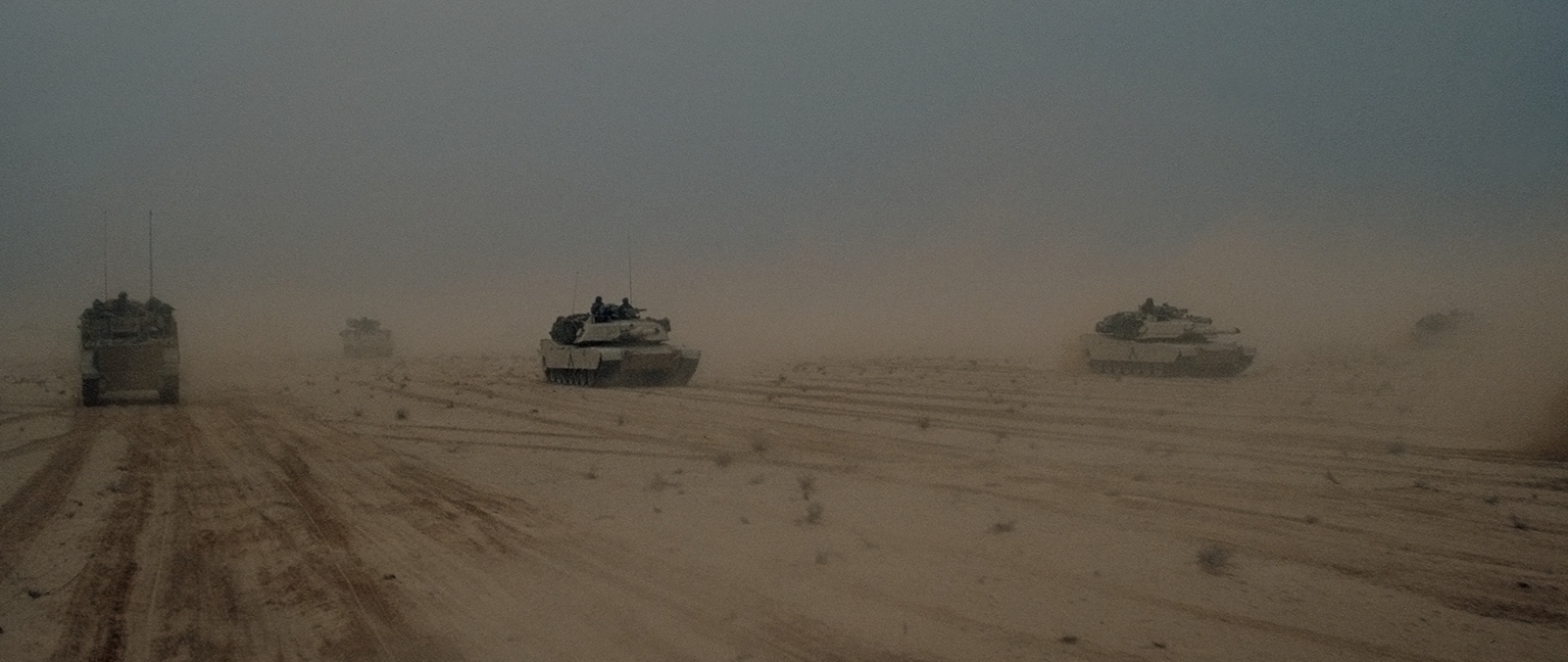
Aerial Refueling
Why do you need Inertial Navigation system for Aerial Refueling?
Inertial Navigation Systems (INS) play a role in refueling operations as they provide precise navigation and guidance ensuring the safety and accuracy of the refueling process. Here are a few reasons why Inertial Navigation ystems are crucial for refueling;
- Accurate Aircraft Positioning -Aerial refueling demands positioning of both the tanker aircraft and the receiving aircraft. Inertial Navigation Systems offer time and accurate data on the position, velocity and orientation of the aircraft guaranteeing alignment and coordination during the refueling process.
- Autonomous Operation - During refueling aircraft often operates in proximity where precise maneuvering is crucial. Inertial Navigation Systems allow for navigation empowering aircraft to make real time adjustments and maintain flight conditions without constantly relying on external aids for navigation.
- Global Coverage -Aerial refueling missions can cover distances across geographical locations. Inertial Navigation Systems ensure coverage by providing navigation information regardless of ground based aids availability.
- Coordination of In flight Refueling - Inertial Navigation Systems contribute to coordinating and synchronizing in flight refueling operations by offering positioning data. This data assists both the tanker and receiving aircraft in maintaining positions and orientations, for successful fuel transfer.
- Redundancy in Navigation - When it comes to navigation INS is often used alongside systems like GPS and radio navigation aids. This setup ensures that the aircraft can maintain navigation even if one system encounters issues or disruptions.
- Real time Monitoring and Correction - Inertial Navigation Systems allow for real time monitoring of the aircraft's position and orientation. This information is vital for making adjustments and corrections ensuring that the refueling boom or drogue aligns with the receiving aircrafts refueling receptacle.
- Enhanced Safety - Accurate navigation plays a role in ensuring the safety of aerial refueling operations. Inertial Navigation Systems contribute to safety by providing control of the aircraft during critical phases like approach, contact and disengagement.
- Operational Flexibility - Aerial refueling missions can involve types of aircraft with varying models and sizes. Inertial Navigation Systems offer flexibility by enabling these aircraft to engage in refueling operations with both tanker and receiver aircraft.
- Reduced Reliance on Ground Based Infrastructure - By using Inertial Navigation Systems aircraft reduce their dependence on ground based infrastructure for navigation updates. This becomes particularly significant during refueling missions that take place in areas where ground based navigation support may be limited.
- Effective Fuel Transfer - Accurate navigation, facilitated by the Inertial Navigation Systems (INS), plays a role in optimizing fuel transfer during refueling. The precise positioning of the refueling equipment on the tanker guarantees controlled delivery of fuel to the receiving aircraft. In essence INS is essential for ensuring the success of refueling operations by providing precision, safety and effective coordination, between the tanker and receiver aircraft throughout the refueling process.
Contact Us for more information.
